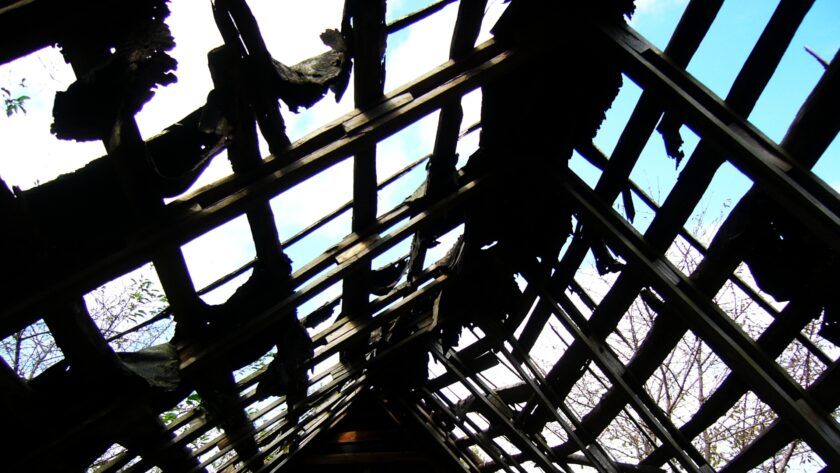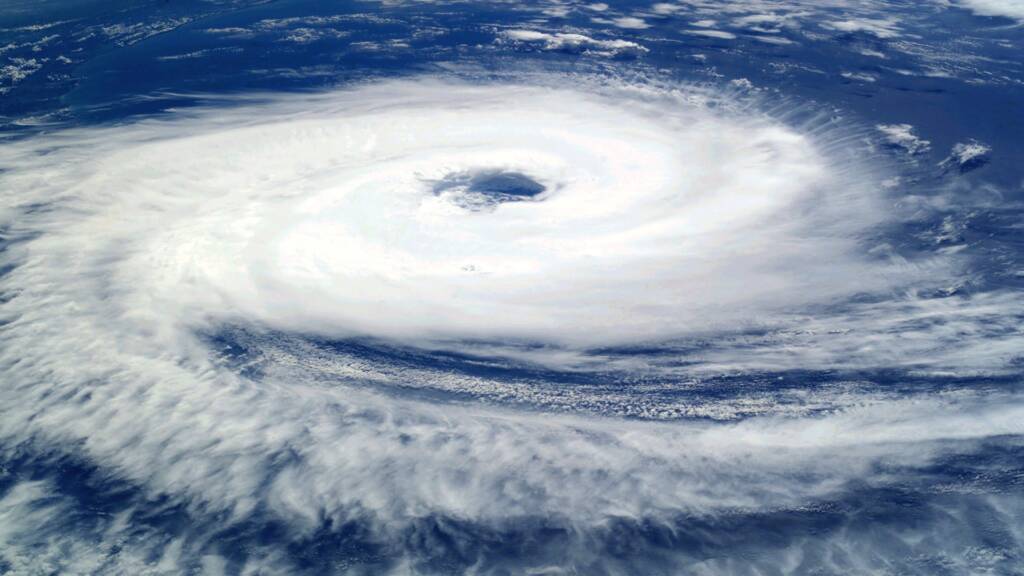
Is Your Roof Prepared to Weather the Storm in Florida?
Hurricane season in Florida brings with it the potential for severe storms and destructive winds. As homeowners, it is crucial to take proactive measures to protect our homes from the devastating impact of hurricanes. One of the most critical aspects of preparation is ensuring that our roofs are ready to withstand the storm.
Florida is no stranger to the destructive power of hurricanes. The state’s unique geographical location and warm waters make it a prime target for these intense weather systems. The damage caused by hurricanes can be extensive, with roofs often bearing the brunt of the storm’s force. A compromised roof can lead to water intrusion, structural damage, and the potential loss of personal belongings. Therefore, it is crucial to ensure that your roof is adequately prepared to withstand the fury of a hurricane.
Preparing your roof for hurricane season is not just about protecting your property; it is also about ensuring the safety of your loved ones. A well-prepared roof reduces the risk of structural failure and potential injury caused by falling debris. By taking the time to fortify your roof, you are investing in the long-term security and resilience of your home.

Understanding the Impact of Hurricanes on Roofs
To effectively prepare your roof for hurricane season, it is vital to understand the potential impact of these powerful storms. Hurricanes generate strong winds that can exert immense pressure on your roof, causing uplift and potentially leading to catastrophic failure. Heavy rainfall during these storms can result in water leakage and flooding if your roof is not properly protected. Additionally, the presence of airborne debris during a hurricane can cause significant damage to your roof’s surface. By comprehending the potential risks, homeowners can take appropriate steps to minimize damage and increase their roof’s resilience in the face of a storm.
Assessing the Current Condition of Your Roof
Before hurricane season arrives, it is essential to conduct a thorough assessment of your roof’s condition. Start with a visual inspection to identify any existing issues or vulnerabilities. Look for signs of aging, such as cracked or curling shingles, loose or missing flashing, or deteriorated sealant around roof penetrations. Document any concerns and consider seeking professional advice to address them effectively. Identifying and addressing these issues before a hurricane hits can significantly reduce the risk of damage to your roof and home.
Hiring a Professional Roof Inspection
While a visual inspection is a good starting point, engaging the services of a professional roof inspector is highly recommended. These experts have the knowledge and experience to identify hidden problems that may not be immediately apparent. A professional inspection can provide a comprehensive assessment of your roof’s condition, identifying potential weak points and areas that require attention. They can evaluate the integrity of the roofing materials, examine the flashing and sealant, and provide expert recommendations on repairs or improvements necessary to fortify your roof against potential hurricane damage.
Making Necessary Repairs and Improvements
Based on the findings of the inspection, it is crucial to address any identified issues promptly. Repairing damaged or missing shingles, fixing faulty flashing, and reinforcing weak areas are vital steps in preparing your roof for hurricane season. Use high-quality materials specifically designed to withstand the forces of a hurricane, such as impact-resistant shingles or metal roofing. Pay attention to vulnerable areas, such as roof edges, valleys, and ridges, and ensure they are properly sealed and fortified. Consider installing hurricane straps or clips to securely fasten your roof to the underlying structure, enhancing its resistance to high winds.
Additionally, evaluate the condition of your attic and insulation. Proper insulation and ventilation can help prevent moisture buildup and reduce the risk of mold growth after a storm. It is also advisable to install a secondary water barrier, such as a self-adhering underlayment, to provide an extra layer of protection against water intrusion.
Reinforcing the Roof’s Structure
Strengthening the structural integrity of your roof is crucial in preparing for hurricane season. The powerful winds associated with hurricanes can create uplift forces that can cause roofs to fail. Consider reinforcing the roof trusses or rafters with additional bracing or hurricane straps to enhance their resistance to wind uplift. This reinforcement should be done by a professional contractor or structural engineer who can assess the specific needs of your roof.
Furthermore, reinforcing the connections between your roof and the walls of your home is equally important. Hurricane straps or clips can be used to secure the roof-to-wall connections, improving the overall stability of your roof system. These connectors should be installed according to local building codes and manufacturer guidelines.
Clearing Debris and Maintaining Surrounding Trees
Before hurricane season arrives, it is essential to clear any debris from your roof, gutters, and downspouts. Remove leaves, branches, and other loose objects that could clog drainage systems and hinder water flow during heavy rainfall. Regular maintenance of these areas will help ensure that water can properly drain from your roof, reducing the risk of leaks and water damage.
Additionally, assess the trees surrounding your home. Overhanging branches and weak or diseased trees pose a significant risk during a hurricane. Prune or trim trees to minimize the risk of branches falling onto your roof and causing damage. If necessary, consult with a professional tree service to ensure safe and proper tree maintenance.
Creating an Emergency Plan
Preparing for a hurricane involves more than just fortifying your roof. It is essential to create a comprehensive emergency plan for your family and home. This plan should include evacuation procedures, communication strategies, and a list of essential supplies. Identify safe evacuation routes and nearby shelters, and ensure that all family members are aware of the plan. Pack an emergency kit with essentials such as food, water, medication, flashlights, and batteries. Keep important documents, including insurance policies and identification, in a secure and easily accessible location.
Regularly review and update your emergency plan to account for any changes in family dynamics, home layout, or community resources. Share the plan with family members, neighbors, and trusted friends to foster a sense of community preparedness and support.
The Role of Insurance and Professional Assistance
Insurance coverage is an essential aspect of preparing for hurricane season. Review your homeowner’s insurance policy to ensure it adequately covers hurricane-related damages. Understand the terms, limitations, and deductibles associated with your policy. Consider additional coverage, such as flood insurance, to protect against water damage resulting from storm surges or heavy rainfall. Keep an updated inventory of your belongings and document their value with photos or videos to facilitate the claims process if necessary.
Seeking professional assistance from experienced contractors or roofers who specialize in hurricane preparedness is highly recommended. They can provide valuable guidance and expertise in evaluating your roof’s condition, recommending appropriate repairs or improvements, and ensuring compliance with local building codes.
Maintenance Tips for Hurricane Season
In addition to the steps mentioned above, there are several maintenance tips you can follow throughout the hurricane season to keep your roof in optimal condition. Regularly inspect your roof for signs of damage or wear, paying attention to areas prone to leaks, such as flashing around chimneys and vents. Clear debris from gutters and downspouts after storms to prevent clogging and ensure proper water drainage. Trim trees regularly to minimize the risk of branches falling on your roof during high winds. Monitor your attic for signs of leaks, water intrusion, or mold growth, and address any issues promptly.
As hurricane season approaches in Florida, it is crucial to prioritize roof preparedness to protect your home and loved ones. By understanding the impact of hurricanes, assessing your roof’s condition, making necessary repairs and improvements, reinforcing the roof’s structure, and following maintenance tips, you can significantly increase your roof’s resilience to withstand storms. Additionally, creating an emergency plan, reviewing your insurance coverage, and seeking professional assistance further enhance your overall preparedness.
Remember, the key to mitigating damage and ensuring safety lies in proactive measures. Act now to prepare your roof and fortify your home before hurricane season arrives. By investing time and effort into roof preparedness, you can have peace of mind knowing that you have taken essential steps to protect your home from the unpredictable forces of nature.